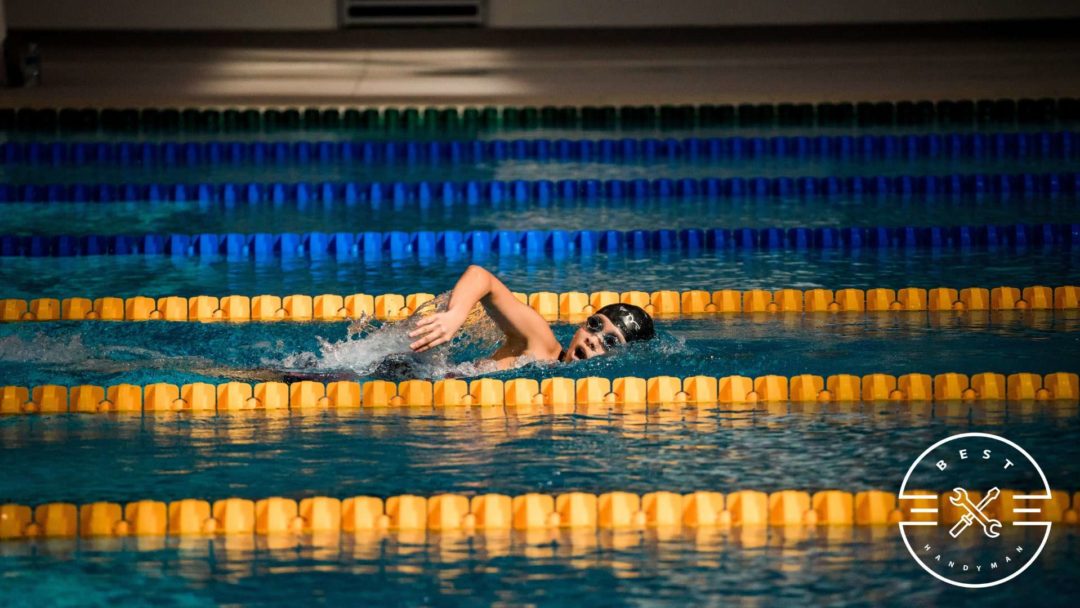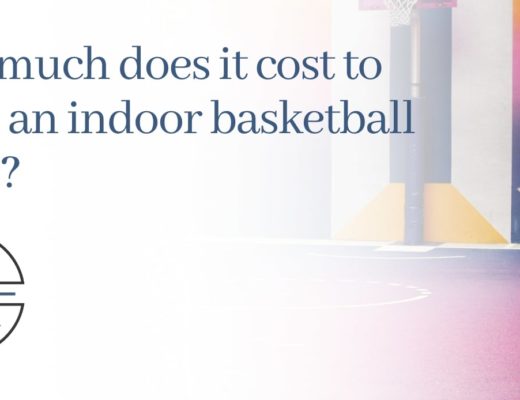The cost needed to build a lap pool varies depending on several factors, including size, material, and type. Generally, above-ground pools cost $6,000, in-ground pools cost about $50,000, and infinity pools cost $105,000 on average.
In this guide, we’ll discuss more of the factors that can affect these costs. We’ll also help you estimate the cost of each additional feature that you can add to enhance your lap pool.
What factors affect the cost of lap pools?
Pool Size and Dimension
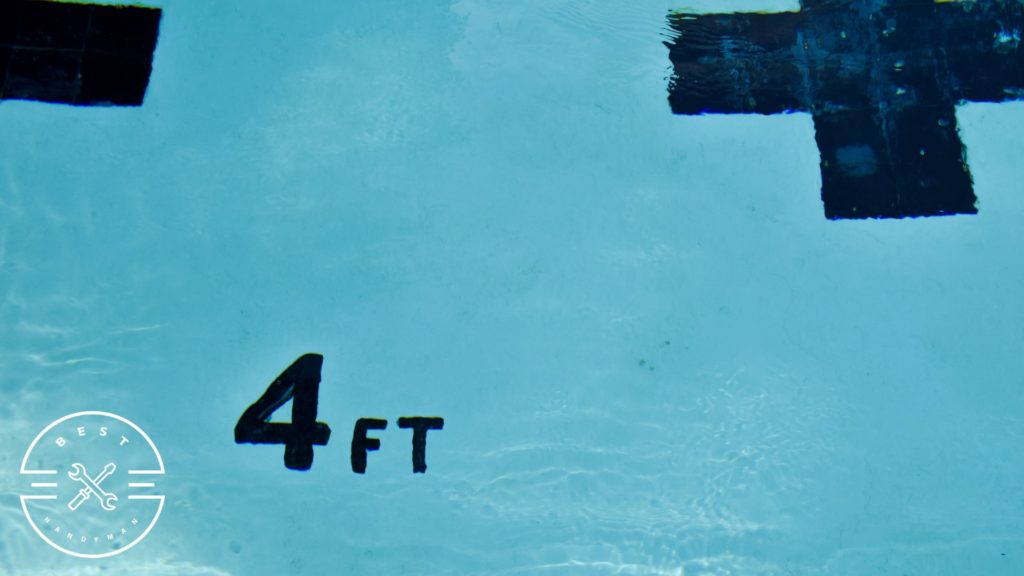
Many are often tempted to build larger lap pools because they want more swimming space, but this might not be a good idea if you’re on a budget. Larger and deeper pools typically cost more, both during maintenance and installation.
A larger pool requires more construction materials, so you’ll likely have higher material costs. It also needs more water to fill it up, leading to higher maintenance costs.
Moreover, larger pools typically require more extensive excavation work to create the necessary hole in the ground. This will drive up your excavation cost, labor cost, and, sometimes, permit cost.
Lap pools are typically at least 40 feet long or a bit over 12 meters. Pools of this size cost about $35,000 to $55,000, but it can cost more depending on the width, type, materials, and additional features.
Some may choose to extend the pool to 82 feet or 25 meters, as this is the standard length for a lap in swimming. Depending on various factors, this can cost about $100,000 to $400,000.
Pool Material
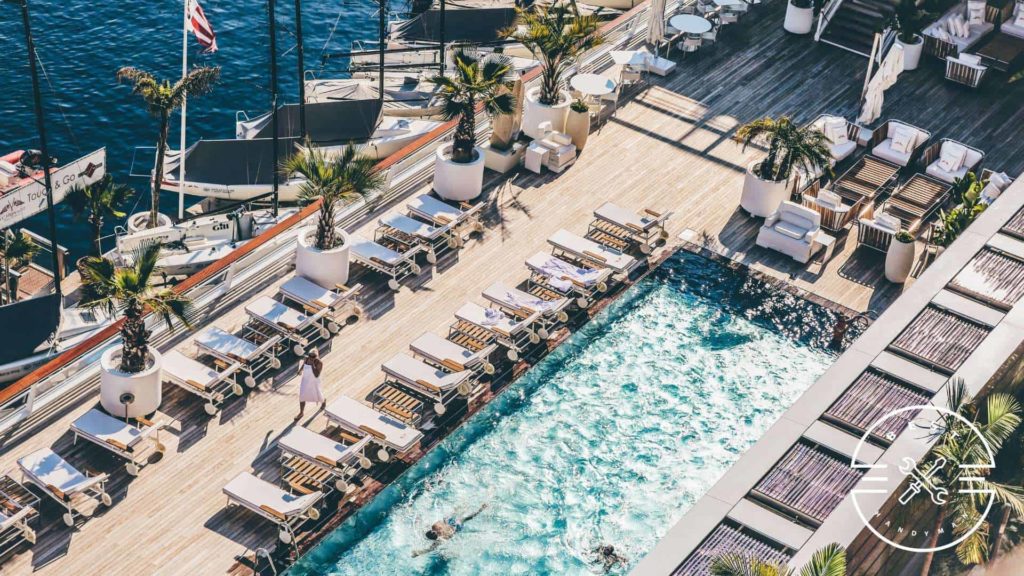
Different materials have varying costs associated with them, so your choice of material for your pool will significantly affect the overall cost of installing lap pools.
The four commonly used materials are concrete, fiberglass, vinyl, and stainless steel.
Concrete
Concrete pools are often considered the most durable and customizable option. They can be shaped and sized to your exact specifications.
However, concrete pools tend to be more expensive to install than other materials due to the labor-intensive construction process. They can cost about $55 to $72 per square foot.
Fiberglass
Fiberglass pools are pre-fabricated and come in various shapes and sizes. They are quick to install because they are delivered as a single piece and set into the excavated hole.
They typically cost less than concrete, ranging from $35 to $66 per square foot. However, if you source them from a different city, the total cost can be similar or even higher due to transportation costs.
Do note, though, that fiberglass usually only comes in size of about 40 feet, so it’s not suitable for longer pools.
Vinyl
Vinyl pools usually have the lowest initial installation costs. They cost around $21 per square foot, significantly lower than other materials.
While they are budget-friendly, they are not as durable as other options. The vinyls typically need replacement every 7–15 years, which adds to long-term costs.
Stainless Steel
Stainless steel is usually used in high-end commercial pools rather than residential ones due to their cost. Pools made of stainless steel can cost about $128 to $235 per square foot, which is too expensive for most families.
Stainless steel is typically the most durable material for lap pools. It’s highly resistant to corrosion and can withstand chemicals often used to treat pools.
Stainless steel also requires relatively low maintenance compared to other materials, and they don’t require resurfacing like concrete.
Type of Lap Pool
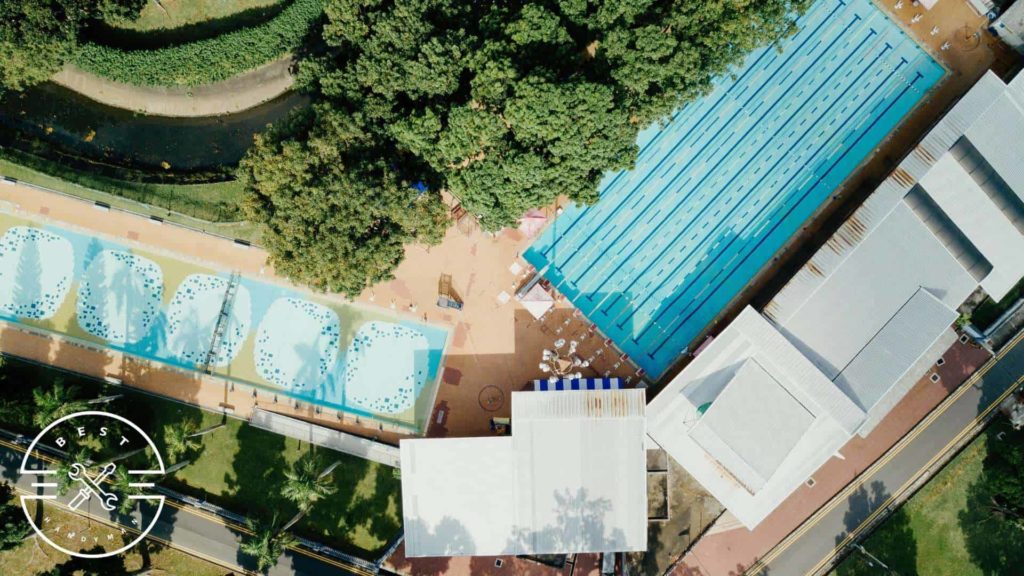
Different pool types require different construction methods, materials, and features, which can influence both the upfront installation costs and long-term maintenance expenses.
The most common types of lap pools are in-ground, above-ground, indoor, infinity, and endless.
In-Ground Lap Pool
In-ground lap pools are typically what you envision when you think of lap pools. They are installed below ground level, so building them often involves a lot of excavation.
These types of lap pools are generally more durable than above-ground. They’re not susceptible to damage, puncture, or bending caused by stress.
That said, they are a lot more expensive. You can expect to spend around $50,000 for an inground lap pool.
Due to the complexity of installation, this is not a DIY project that you can do to eliminate labor costs.
Above-Ground Lap Pool
An above-ground lap pool is a type of lap pool that is installed above ground level rather than being dug into the ground. It’s usually supported by a structure, often made of materials like steel, resin, or aluminum, which forms the walls and frame of the pool.
Because they’re installed on the ground’s surface, there’s no need for extensive excavation, and they’re generally quick to install. They’re also a lot more affordable than in-ground pools.
Above-ground pools typically cost around $6,000. You can significantly lower the cost to half of this if you install it on your own.
Indoor Lap Pool
Unlike outdoor pools that are exposed to the elements, indoor lap pools provide the advantage of being available for use year-round, regardless of weather conditions.
These indoor lap pools are typically seen in fitness facilities where athletes practice all year.
Indoor lap pools usually have the same installation costs as in-ground pools, but there are additional costs involved in indoor lap pools that can make them more expensive.
The pool can cost around $50,000, but you’ll need to install a humidifier system in the building to protect it from mold and moisture damage. A dehumidifier system can cost about $200 to $5,000.
Some local governments also have different requirements for indoor pools, so you’ll likely incur extra expenses on permits.
Infinity Lap Pool
A vanishing edge lap pool, often referred to as an infinity lap pool, creates an illusion that the water extends indefinitely over one or more edges of the pool.
This is a stunning pool design that exudes a luxurious vibe, so it’s the favorite type used in hotels.
However, this type of lap pool is among the most expensive types of pools to install. Depending on the size, material, and more, it can cost around $80,000 to $130,000.
The pool may also require more than one pool pump to support continuous overflow of water and keep the infinity illusion.
Endless Lap Pool
Endless lap pool is the perfect lap pool for those with space constraints. The pool is designed to be compact and provide a continuous water current to help you swim in place.
Unlike traditional lap pools, where you swim back and forth along a fixed length, an endless lap pool creates a current that allows swimmers to stay in one place while swimming against the flow. This creates an illusion that the pool is endless.
They are generally more budget-friendly than other pools, as they are much smaller, typically just 14 feet long. You can expect to spend around $24,000 if you plan on getting this type of pool.
Site Preparation
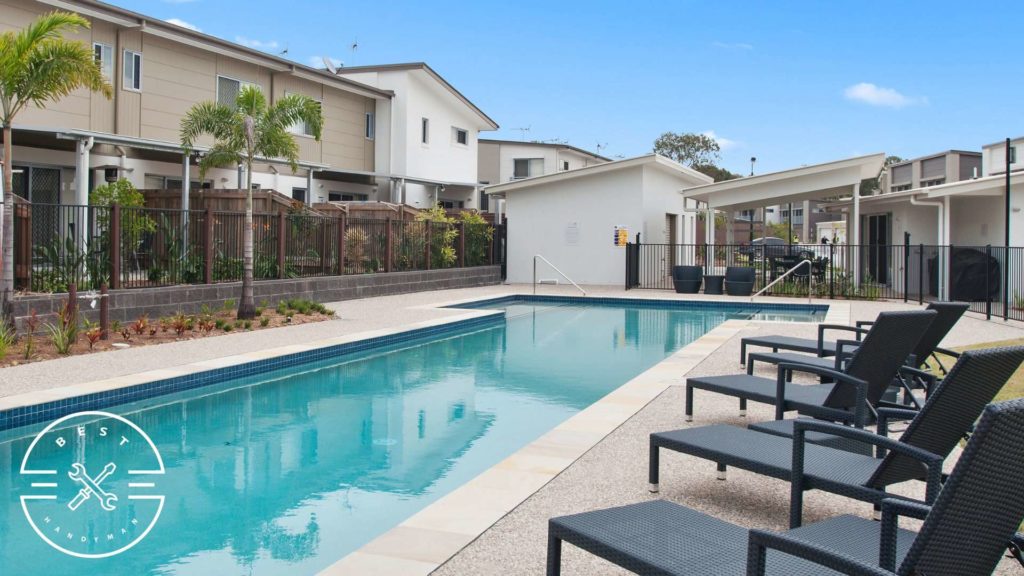
Site preparation plays a crucial role in the cost of installing pools, including lap pools. The extent and complexity of site preparation can have a huge impact on the overall installation cost.
The site has to be excavated for the pool to be installed. The excavation cost depends on the pool’s size and depth, the type of soil, and any obstructions that need removal.
Excavation alone can cost about $1,000 to $1,500.
Clearing the site of trees, rocks, or debris is also necessary before excavation can begin. The cost of site clearance is different from the excavation cost, so this can raise the total cost.
Labor
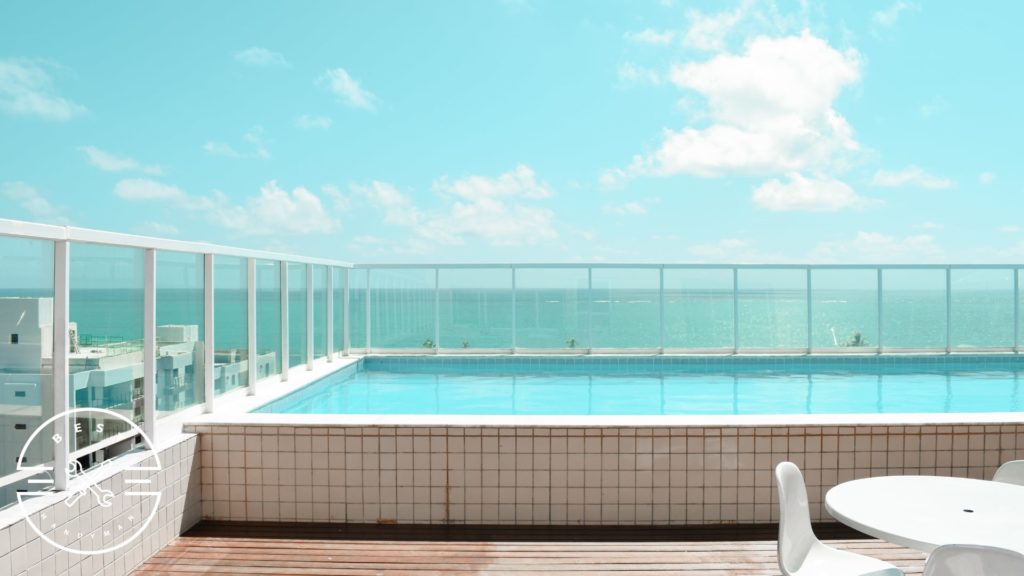
The experience and reputation of the pool contractor you choose can influence costs. Highly skilled and reputable contractors may charge more for their services but can provide better quality and results.
Labor rates can also vary widely depending on your location. In regions with a higher cost of living, labor costs are typically higher.
Labor usually costs about $5.50 per square foot, so the larger the pool, the higher the labor cost.
Water
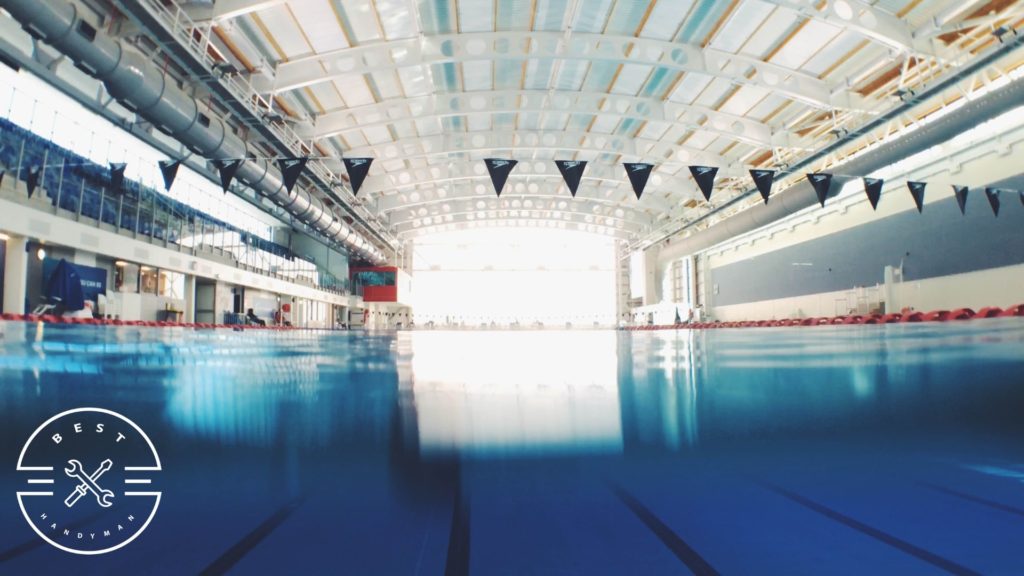
After building the pool, it has to be filled with water for it to serve its purpose. Lap pools usually need tons and tons of water, so the water bill can significantly affect the overall cost of the pool.
To know how much water is needed to fill the pool, simply get the pool’s volume by multiplying its length, width, and depth. Once you get this, you can convert the volume to gallons or liters.
A 1 cubic foot pool is equal to approximately 7.48 US gallons of water, while a 1 cubic meter pool needs 1,000 liters of water.
For example, a standard 40-foot long by 8-foot wide lap pool with a depth of 5 feet will need around 11,968 gallons of water.
Keep in mind that you may lose some water during the filling process, so it’s best to add a 10% buffer on the volume to account for these losses.
Permits
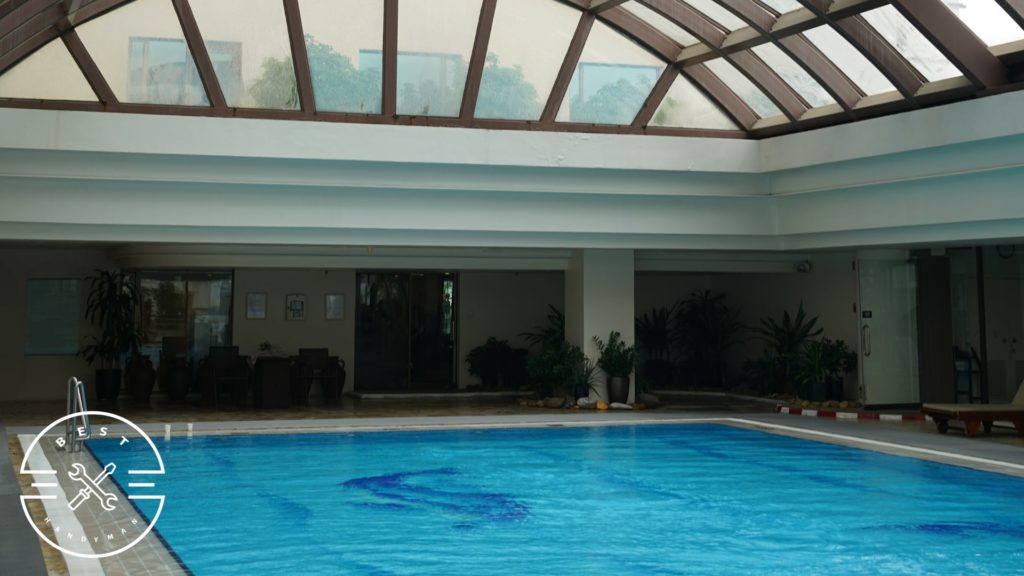
Local authorities usually have building codes and regulations related to building lap pools, or any other type of pools, to ensure the safety of everyone.
You’ll likely spend a few bucks to secure the necessary permits and licenses, which will add to the total cost of installing a pool. Prepare about $1,000 for these permits.
Some local building codes may also require pool fencing, gates, alarms, and covers to make the pool as safe as possible. All of these can drive up the overall cost of installing a lap pool.
It’s also a must to check the rules and regulations of your HOA for pools to avoid fines or other expenses.
How much do additional features cost?
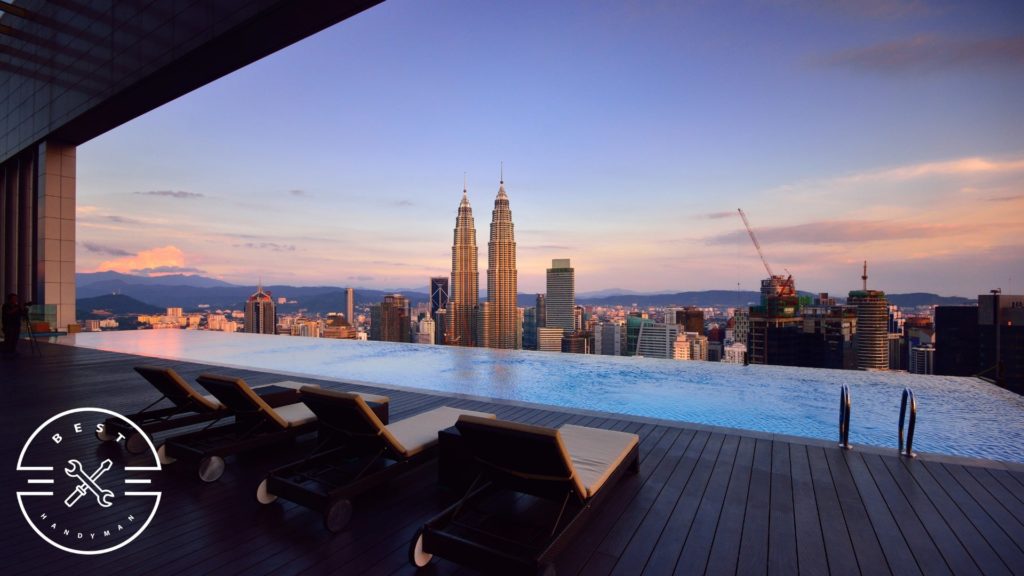
There are various features that you can add to your pool to improve its functionality. Some of these include saltwater generators and pool heaters, which cost around $500 to $2,500 and $1,800 to $4,100, respectively.
Saltwater Generator
A saltwater generator is used to disinfect and sanitize lap pools by converting salt into chlorine.
Unlike traditional swimming pools that rely on the manual addition of chlorine in the form of liquid, tablets, or granules, saltwater generators provide a consistent and automated way to maintain chlorine levels for pool sanitation.
This can cost you anywhere between $500 and $2,500.
Lap Pool Heater
No one wants to swim in freezing cold water, so a pool heater is a necessary addition to any lap pool. It keeps your pool warm and cozy, allowing you to enjoy it all year.
However, heaters don’t come free of charge. They usually cost about $1,800 to $4,100, depending on the pool size, type, brand, and more.
After the initial upfront cost, you’re also expected to spend about $100 to $200 per month, depending if you’re using an electric or gas heater.
Lighting
Safety is a top priority in any swimming pool, including lap pools. Proper lighting ensures the pool is well-lit, providing clear visibility for the swimmers and reducing the risk of accidents.
It allows safe and enjoyable nighttime use, extending the pool’s usability and accommodating various schedules.
Installing lighting around the pool can cost you around $700 to $1,500, depending on the size of the lights.
Pool Cover
Pool covers act as a barrier that keeps leaves, debris, insects, and other contaminants out of the pool. This reduces the time and effort required for pool cleaning and maintenance.
Solid or mesh pool covers can also serve as safety covers. They provide additional protection, preventing accidental entry by children or pets and reducing the risk of accidents.
Pool covers usually cost $100 and $2,550, but solar cover costs as much as $3,000.
Pool Fences and Enclosures
Fences can cost anywhere from $15 to $35 per linear foot or about $2,000 to $10,000 for the entire pool.
These fences are essential, especially for homes with small children. They act as physical barriers that restrict access to the pool area, reducing the risk of unsupervised entry and potential accidents like drowning.
Some cities also require the pool to be enclosed in fences, regardless of whether you have children or not.
Others may opt for glass enclosures rather than fences, as these can also keep the pool warm. These enclosures can cost about $30 to $65 per square foot or about $21,000 to $45,500 for the entire pool.
How do we save money when building lap pools?
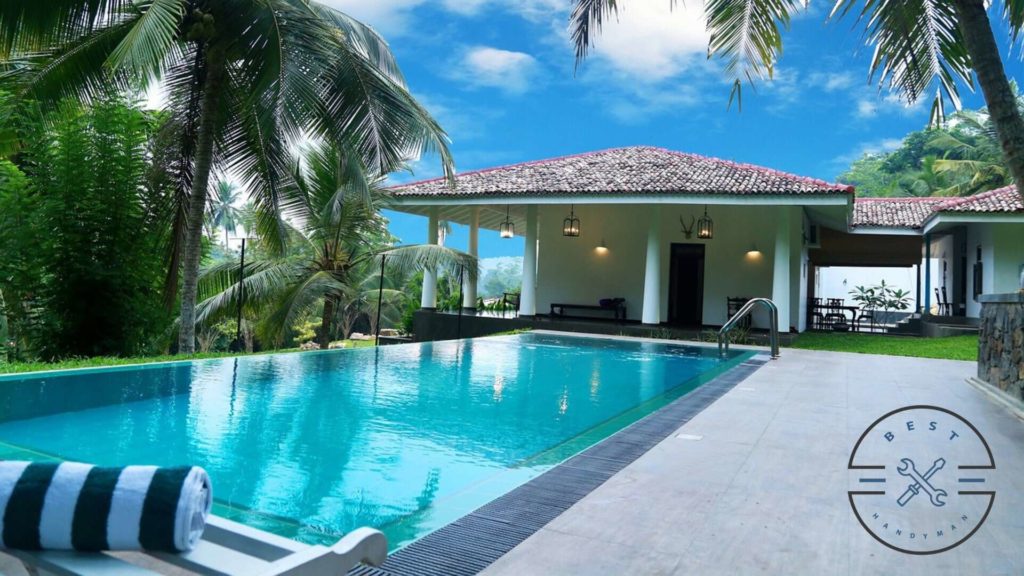
While building lap pools is an expensive project, there are various things you can do to lower the cost. Some of them include creating a detailed plan of your pool, preparing the site yourself, and obtaining quotes from different builders.
Create a detailed plan for your lap pool
Before you even start reaching out to pool builders, you need to have a concrete vision of how you want the pool to be. Determine the size, shape, and design elements you want to get a better estimate for the overall cost of the project.
This will also help avoid costly changes and delays later on.
Avoid slopes or areas with poor soil conditions
The location of the pool can impact the overall cost, specifically the site preparation costs. It can be more costly to prepare the site when the area is on a slope or it has poor soil condition, so it’s best to avoid these areas.
Opt for a smaller size
If you’re not a professional swimmer and just want to use the pool for exercise and relaxation, a 40 feet long pool should be enough. Larger pools will only cost you more.
Choose a straightforward design
Lap pools with intricate shapes, features, and design will cost you a lot of money. Opt for a simpler, rectangular pool and just work with a professional pool builder to make it look more aesthetically pleasing.
Do some of the work yourself
While the actual pool building should be left in the hands of professionals, there are some works that you can do yourself. You can clean the site and remove any possible obstruction to lower site preparation cost.
Contact multiple pool builders
Talk to different pool builders and get quotes from them. This can help you select the best deal in your area.

